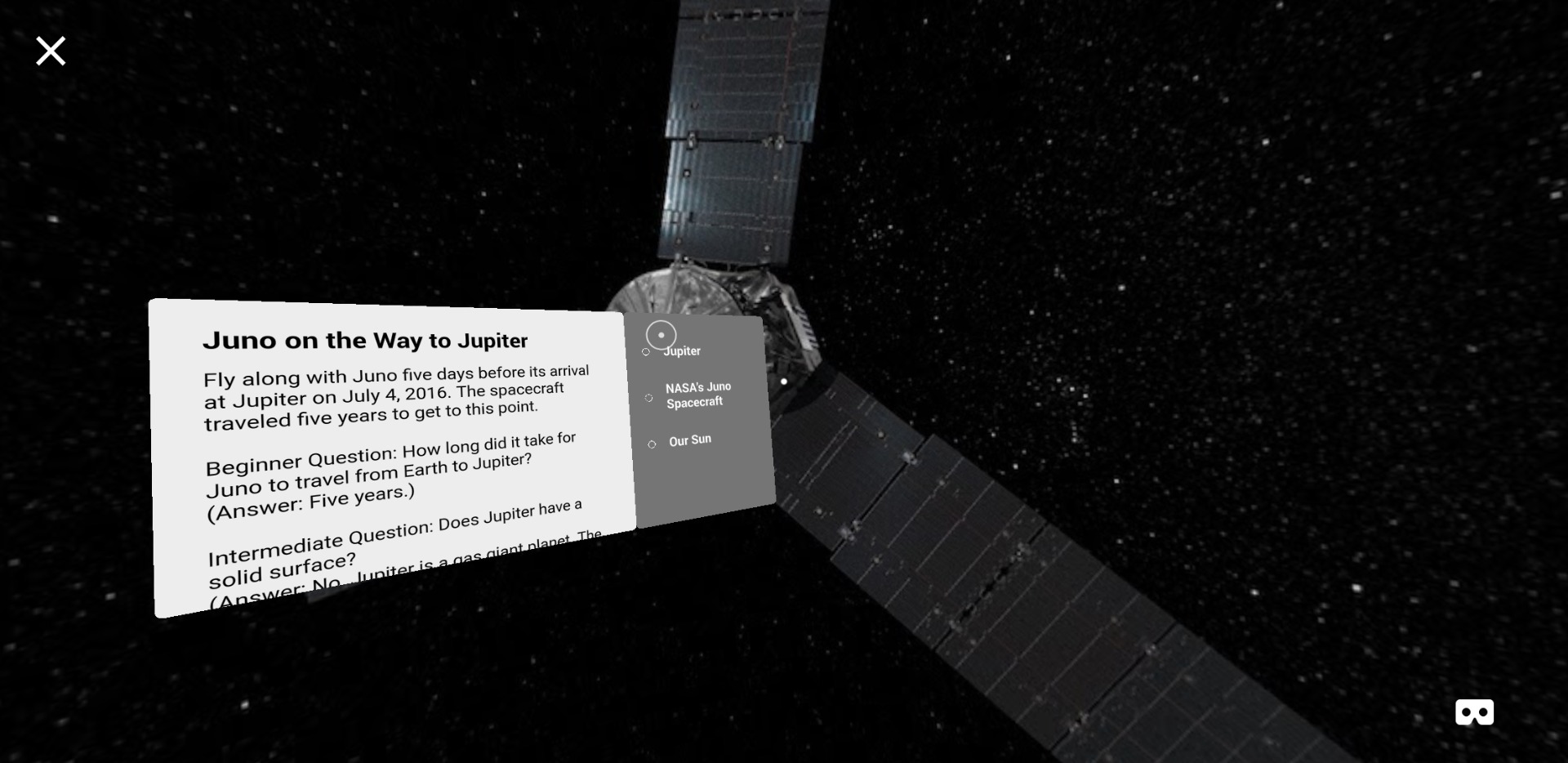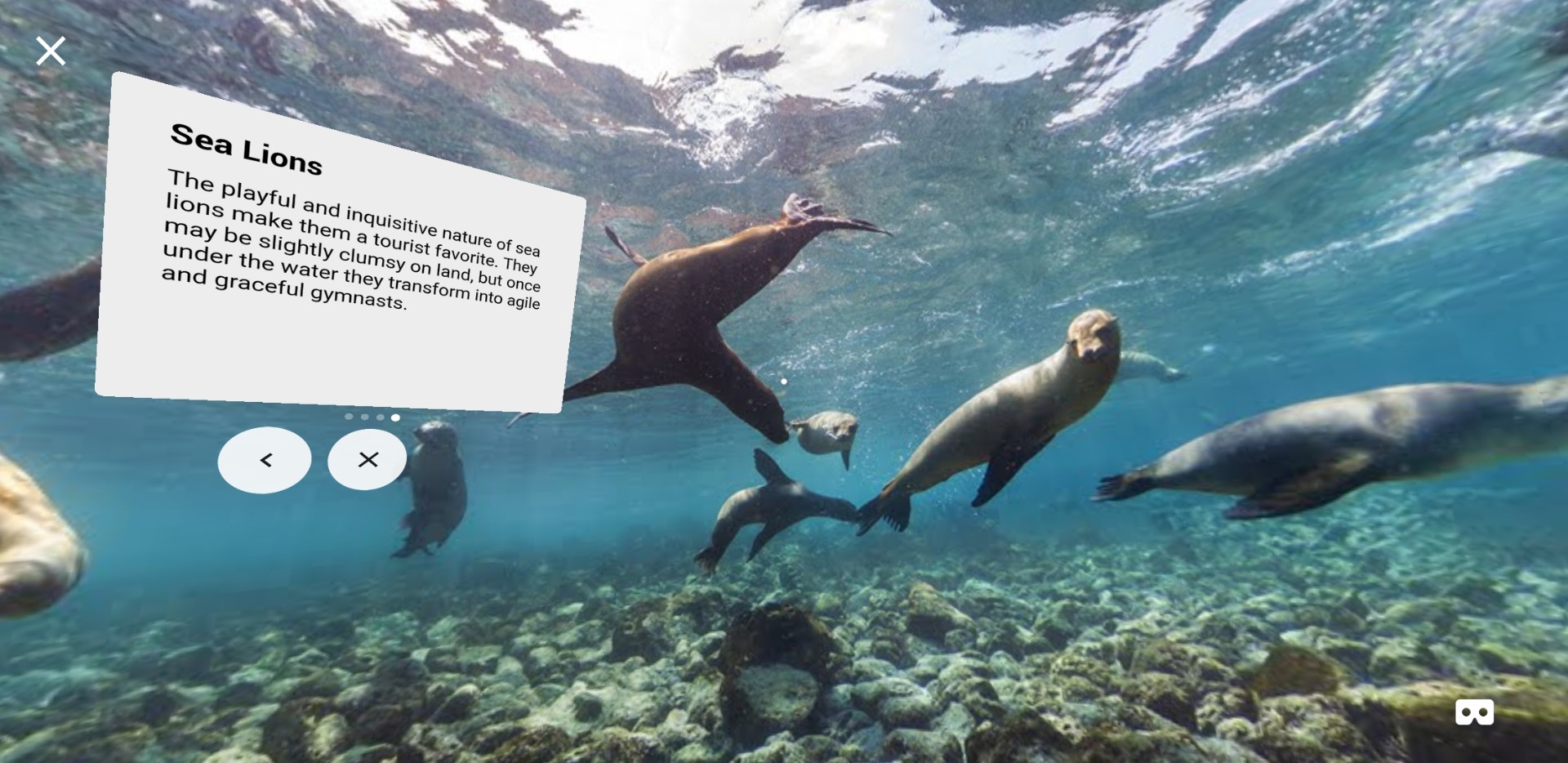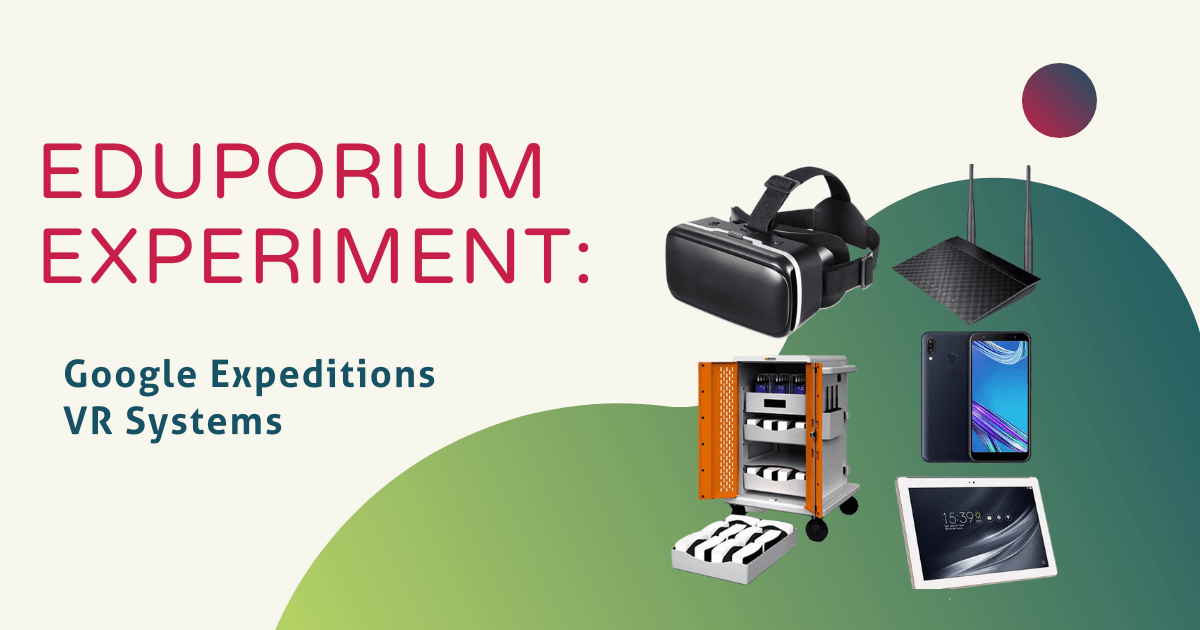Virtual Reality (VR) and Augmented Reality (AR) have a predominant place in the video game world, but have also started to play a serious role in improving how students learn. Google Expeditions has become a technology staple in many schools due to its ability to transport students to another location without them ever stepping foot outside the classroom. Students can become immersed on a guided tour through multiple locations or historic events like The French Revolution, the prehistoric era where dinosaurs roamed free, or the Mayan Ruins in Mexico without ever leaving their school. Students and teachers can even create their own tours for others to experience and, while students experience the tours, they are able to connect specific pieces of new information with what they see in front of them.
The Google Expeditions VR classroom kits come in multiple sizes and include student devices, a teacher device, Homido Viewers, and quick charging stations. We also provide kits with a rolling case for easy transportation and a router for setting up the network. The Homido Viewers are strapless for quick use without the hassle of students constantly adjusting a strap. Teachers and students must be on the same network for guided tours, so the router provides a private network to do this. Devices can work offline and an Internet connection is only needed when downloading new tours or updating the app.

Before digging into the hundreds of tours that are available within the Google Expeditions suite, a network must be established in the classroom. There are three different options that can be used to set up a network. The recommended option is to set up a new router for the devices. Other options include setting up a peer-to-peer network or setting up a Wi-Fi hotspot. We took the time to walk through setting up a network through a router and the peer-to-peer option since they are the most common.
Google Expeditions recently revamped their router and the new one is perfect if your school doesn’t have a Wi-Fi network that you are able to access on new devices. This is actually preferable to using your school Wi-Fi since there will be less traffic and therefore increase the performance of your devices. The Google Expeditions kits come with Google accounts pre-installed on both the teach tablet and the student devices. They are already configured to work directly (peer to peer) with the router and setting up the router is pretty simple.
Once the router is turned on, you open the network settings on your computer, select the Wi-Fi name, and enter the Wi-Fi or Service Set Identifier Key. All of this information can be found at the base of the router and they also come in the information packet provided. Using the Google account provided, you can enter the management login URL and then proceed to enter your username and password when prompted. You can create a password for your network, but many teachers decide to keep it open, so students are able to get on and off the network easily.

If you don’t have a router, you are able to create a peer-to-peer network between the devices as long as your school network is enabled to do so. Make sure to check with your IT department before deciding whether to buy a router. A peer-to-peer network allows all devices to communicate with each other. First, you will go to your Wi-Fi and create and name a new network. Make it something your students are able to find easily like “Miss Jane’s Class.” Once the channel is set up, students will do the same exact process on their device, add the network you created to theirs, and connect. Overall, the separate router was easier to set up and easier for students to quickly connect to. It was also faster than using a peer-to-peer network or a hotspot.
Google Expeditions immerses students in a classroom with no boundaries. Reading about a subject is great, but there is no comparison to the impact that visual learning can have on a student. Ready to bring your classroom into the world of virtual reality? Check out our Google Expedition each of the Google Expeditions kits we have on our store—options to support 10, 20, or 30 students, which you can find at the bottom of the page! Want to check out the hundreds of tours you could guide your students on first? Check out the free Expedition App to browse the vast library of VR and AR tours. And, don’t forget to follow us on Twitter and Instagram for more info on all of the latest, greatest, and coolest tools for STEM education!
UPDATE: We've recently selected a potential hardware alternative for Google Expeditions kits. The RobotLAB VR Expeditions 2.0 kits are now available on our store. They include VR bundles with materials for 10, 20, or 30 students as well as a similar platform that educators used with Google Expeditions. Educators can bring students on over 700 immersive Expeditions, virtual field trips, and more using the Expeditions 2.0 mobile app. Click to explore our current list of RobotLAB VR Expeditions 2.0 offerings.



